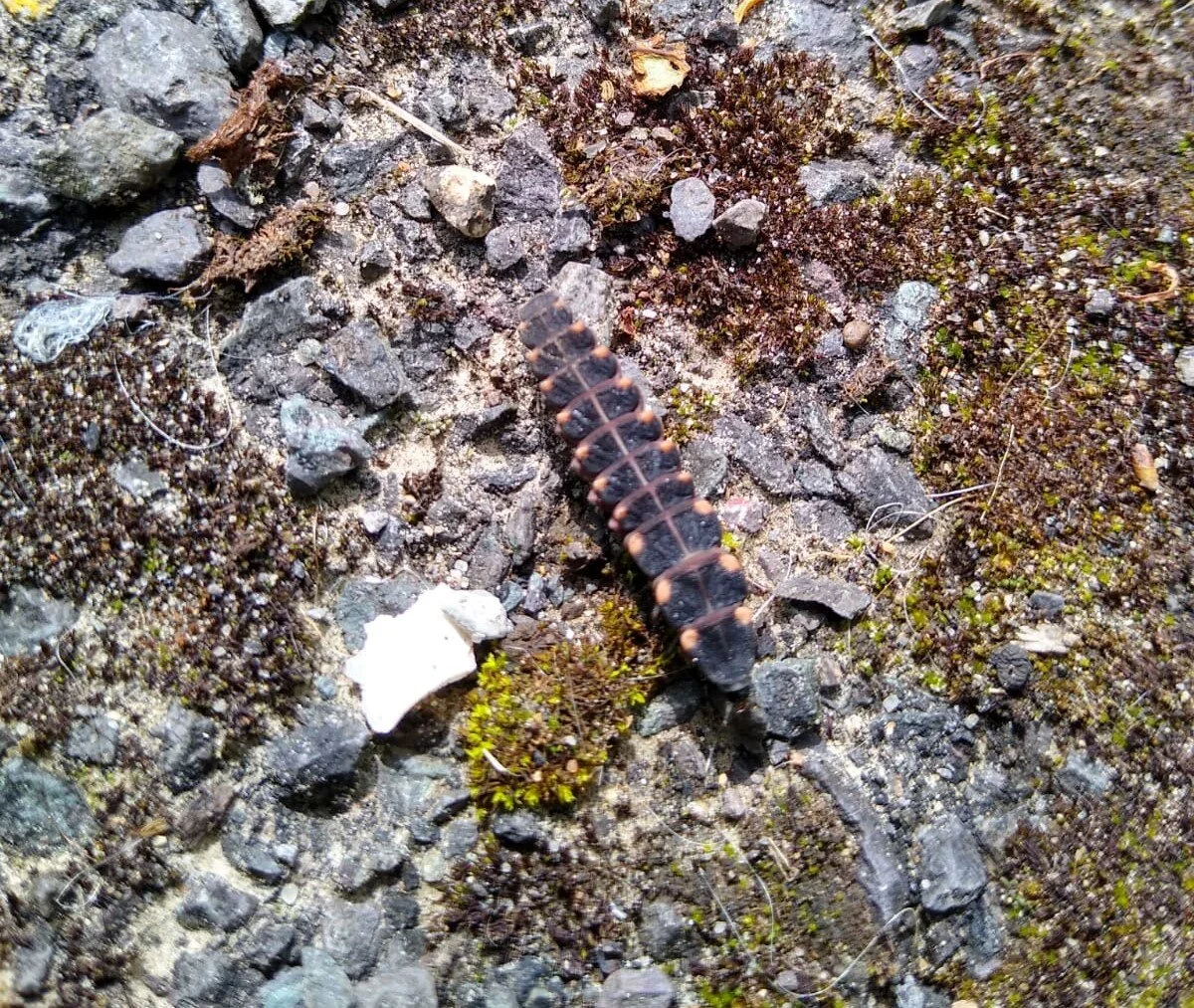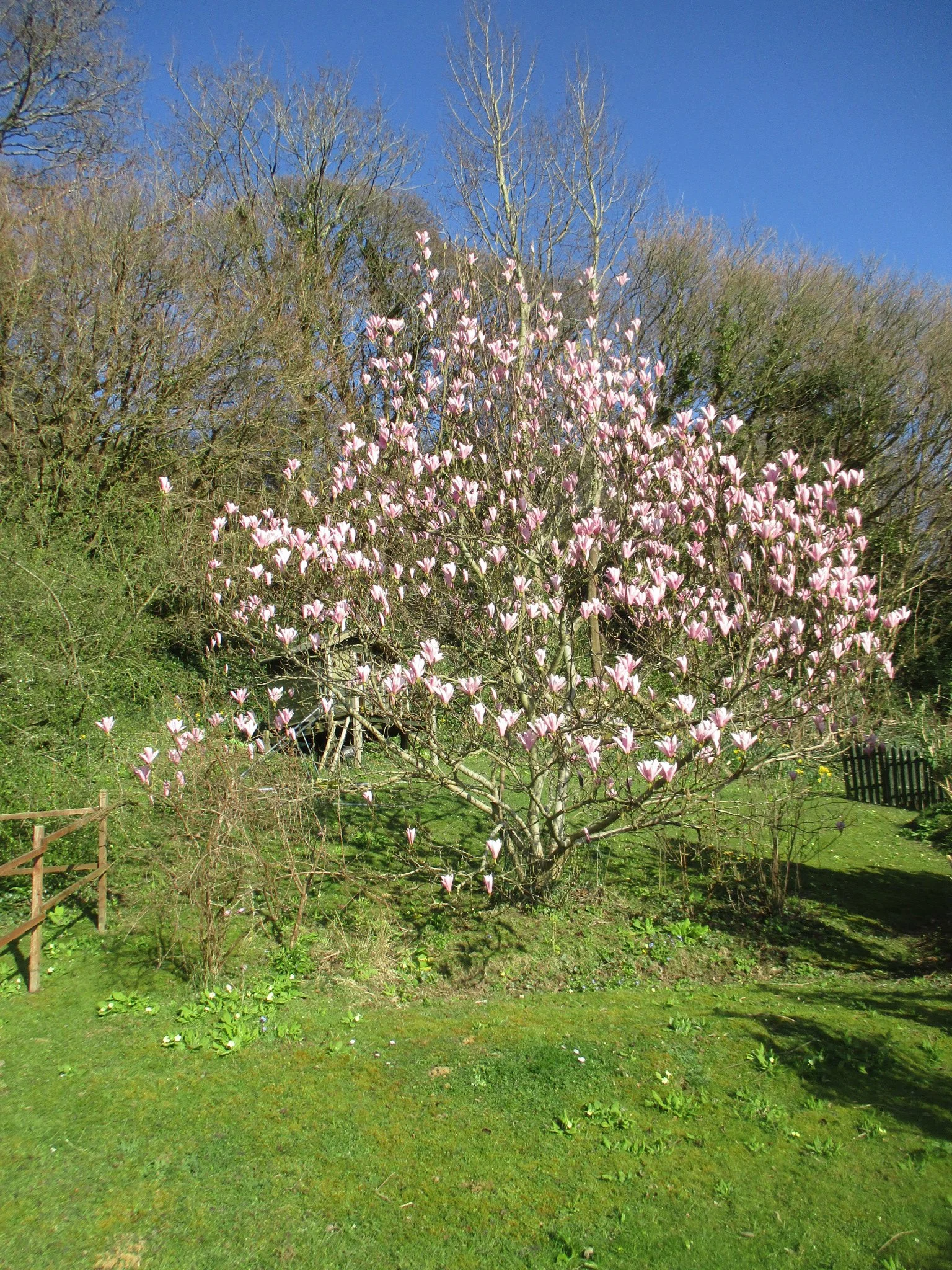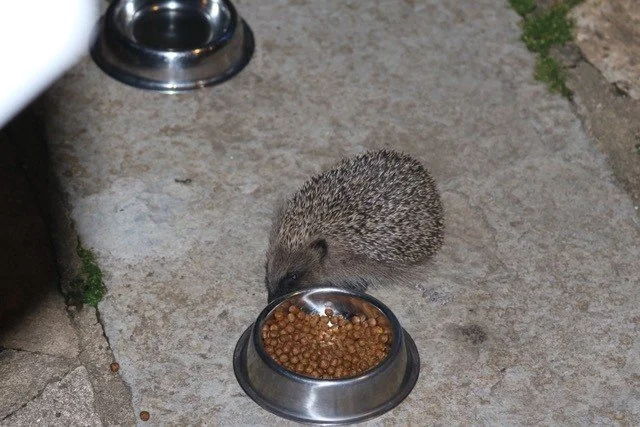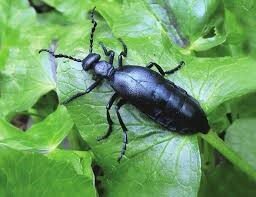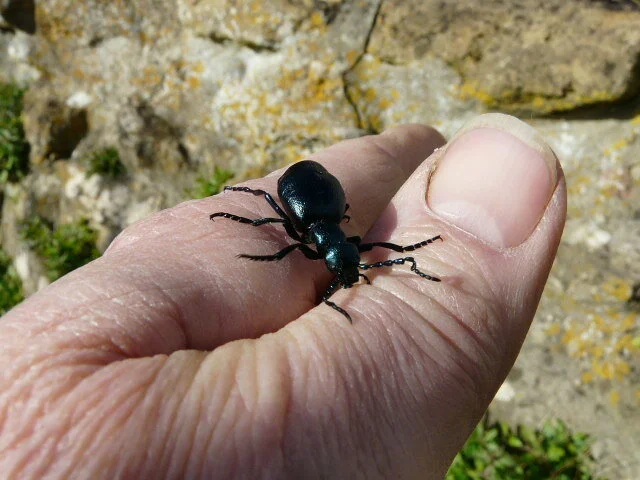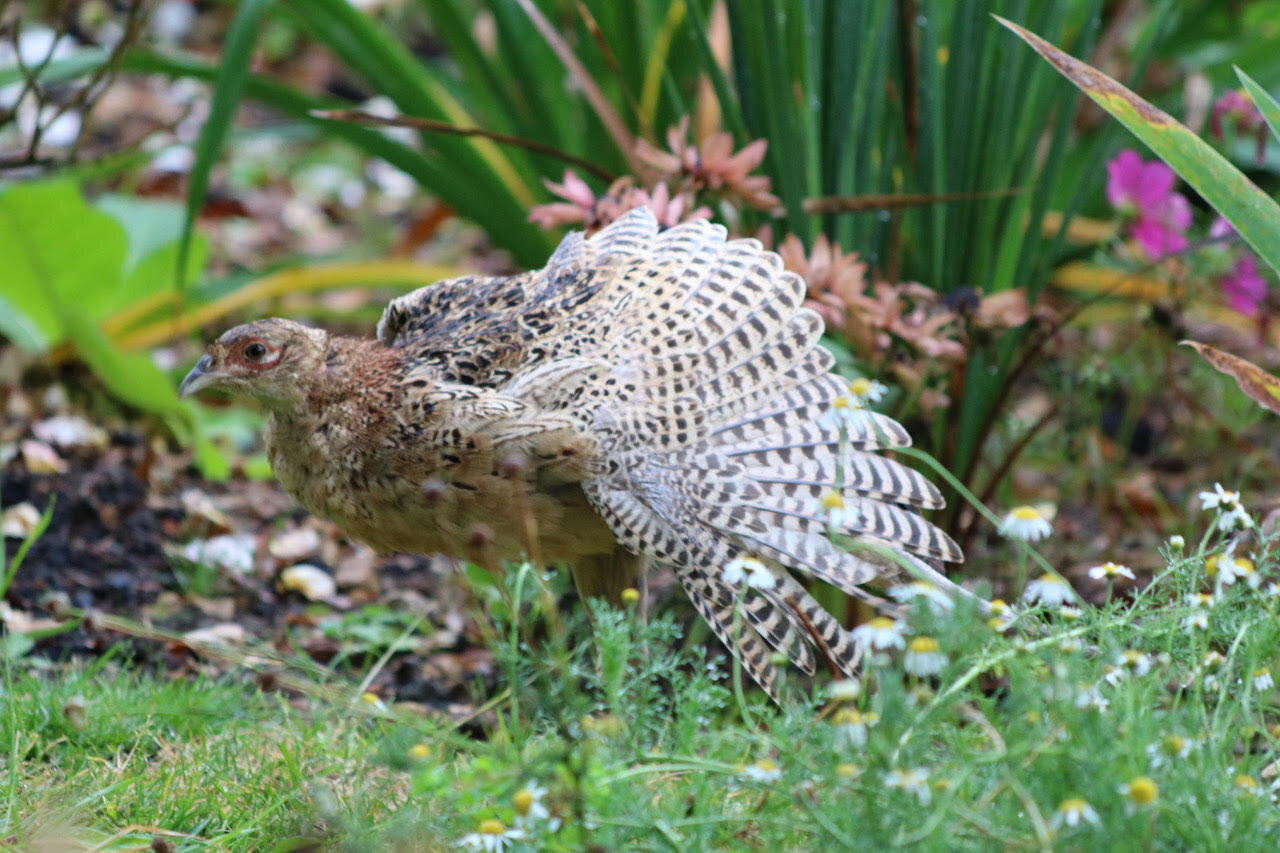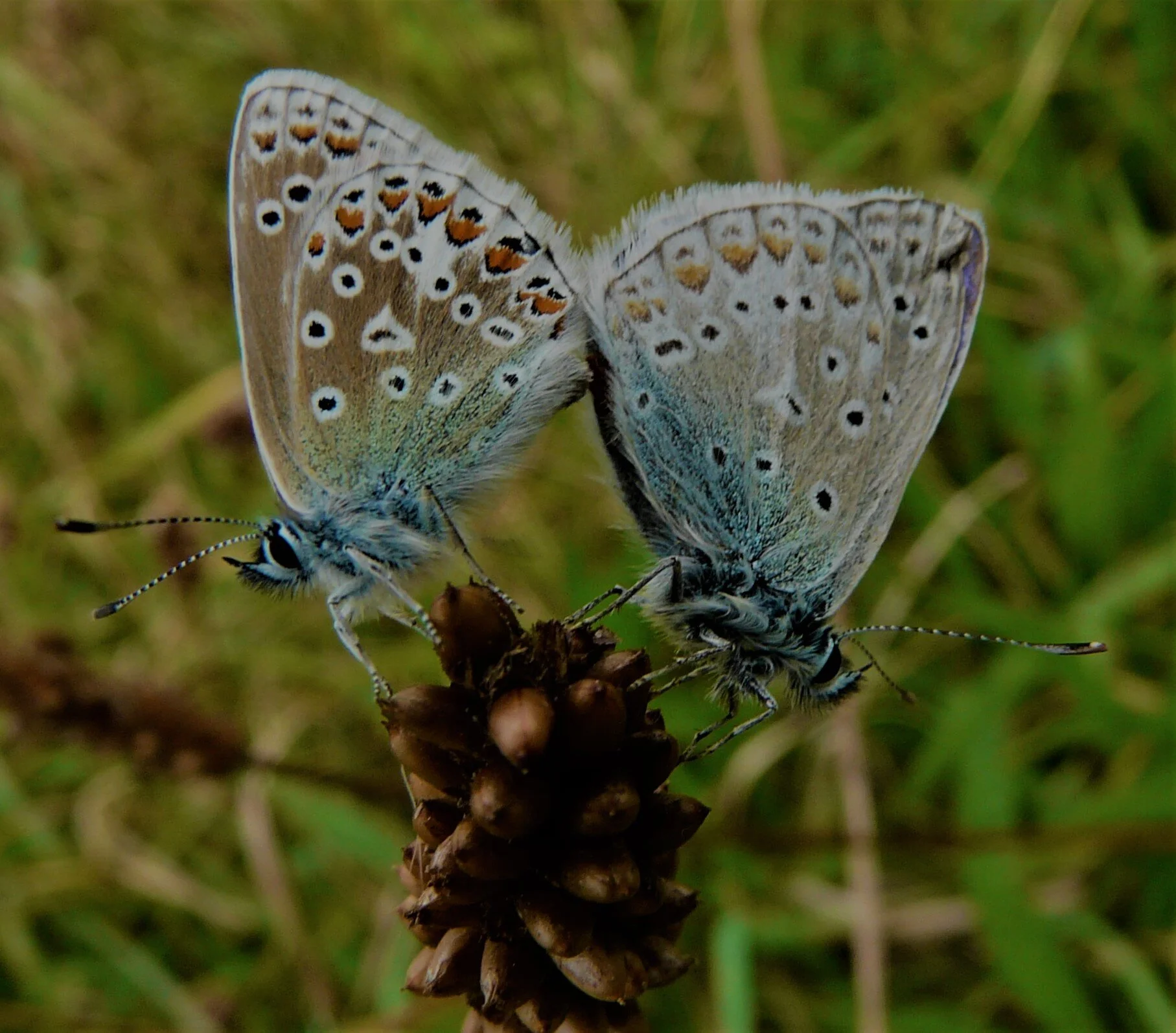Flora & Fauna
Explore the wonders of our natural world and the diversity of species in Chiselborough.
Flora and Fauna News, August 2023:
Learn more about Ragwort in an article by our Environmental Champion Nigel Stone here; join the Wild about Chiselborough Facebook group; and scroll down this page to enjoy Julie Manning’s recent photos of hedgehogs below.
Also on this page:
Helen Hawke opens our eyes to the creatures that inhabit our landscape.
Sue Brown and June Perry describe the beautiful Hedgehogs that populate Chiselborough, and give guidance for their preservation. Bridget Wright tells us more about the Glow Worms on our Common, and, crucially, when to spot them! Stuart Wright points us to the thriving Oil Beetle community in our village.
Bridget and Stuart also share a fascinating catalogue of the wildflowers they discovered in 2021 on Chiselborough Common—and as an interesting counterpoint, with thanks to Malcolm Baker, we publish a list of wildflowers on the Common catalogued in a survey exactly 30 years previously (1991) by the Somerset Environmental Records Centre.
For aspiring twitchers, we showcase photographs of birds seen here in Chiselborough, and publish the sounds, record lists and photographs from Chiselborough Bird Week in 2021, which revealed we have at least 7 Red List Bird Species.
Likewise, we have photos of butterflies spotted during the Chiselborough Butterfly Count in 2021.
And for further brilliant nature writing, visit Nigel Stone, Sue Hasell and Neil Cook’s articles in Chronicles.
Finally—for a fun dive into the total experience—why not listen to this bird song recorded on our Common as you read the nature notes below…
To view any of the images on this page more closely, simply click on the image - and enjoy
Great spotted Woodpecker with baby - by Helen Hawke
Young pheasants - by Julie & Simon Manning
Dormouse - by Helen Hawke
Wildlife in Chiselborough : a summary
We are very fortunate to have an abundance of wildlife in and around Chiselborough. Our wildlife comprises mammals, reptiles, insects and of course birds.
Mammals
Our only larger mammal is the roe deer however our village is also home to many smaller mammals. 5 out of 8 of UK’s Carnivora (carnivores) namely, fox, badger, otter, stoat and the weasel can be found here.
One of the rarest Rodentia (rodents), the hazel dormouse lives in good numbers in our village. Chiselborough is also home to rabbits and hedgehogs.
Chiroptera (bats): 8 of the 16 species found in the UK have been recorded around the village, namely: Soprano pipistrelle, Common pipistrelle, Grey long-eared bat, Brown long-eared bat, Daubenton’s bat, Noctule, Serotine and theNatterer’s bat. The Serotine and the Natterer’s bat are not common in Somerset but have been seen in Chiselborough.
Insects, moths and butterflies
These are very overlooked members of our wildlife but yet vitally important.
In particular, we have some rare glow worms in the village. These creatures, more beetle than worm, were once common in England but are now struggling to survive in areas around the UK so we are lucky to have them on our Common. Loss of pesticide-free land and light pollution are their two main threats.
Over the past thirty years, usually in June, we have noticed between 30 to 40 glowing females waiting for fertilisation by the flying male to begin their cycle again. Not a lot is known about glow worms, but we do know that they feed on snails and small insects, while living as lava for up to 2 years before becoming adults.
Other insects such as bees, wasps and hornets add to the variety of our insect life here. In particular, a ruby-tailed wasp was observed this year. This wasp is usually only found in southern Britain.
In late summer, the Common is dominated by the sound of crickets and grasshoppers which thrive there.
We also have good numbers of moths and butterflies. In Summer 2021, our village had a Butterfly Count. At least 19 species were spotted. Read all about it here
Some of the moths found in our surrounds are the:
Silver Y, Privett hawk-moth, Eyed hawk-moth, Burnished brass, Buff-tip and Cinnabar moths .
Butterflies such as the common blue, holly blue, brimstone, gatekeeper, chequered skipper are all found in our local area too.
Reptiles & amphibians
Frogs, toads and newts are common throughout the villages’ many ponds. Slow worms and grass snakes also abound and feed on our grasshoppers and crickets.
Birds
Our village has a thriving bird population with good numbers of most of our bird species. In particular abundance are bullfinch, chaffinch, goldfinch. The greenfinch is now increasing in numbers again. We have also had a single sighting of the hoopoe. On a Spring day you can hear skylarks and yellow hammers over Gawlers Hill. At night, owl calls can be heard. Regular sightings of tawny, little and barn owls are enjoyed.
Raptours and Corvids (crows) are all in good numbers.
by Helen Hawke
See The Somerset Wildlife Trust site for a wealth of local wildlife information and opportunities to participate: click here
Also see Helen’s award-winning Yeovil Wildlife Watch Group on Facebook.
The Glow-worms on Chiselborough Common
Scientific name: Lampyris noctiluca (the common glow worm)
As an area of grassland with very little light pollution, our Common is the ideal habitat for spotting these charismatic creatures, which are in fact beetles, not worms at all. The larvae have been spotted in the last few days (late May 2021, see photo below) on Fair Place; they prey on slugs and snails and kill them by a toxic bite which paralyses them, injecting digestive proteins that dissolve the molluscs’ soft body. The whole life span only lasts for a few weeks and once an adult they don’t eat. At night the females often climb plant stems, as they are flightless, and emit a green bioluminescent constant glow, from the tip of their abdomen in order to attract a mate, who has photosensitive eyes. Once mated, she stops glowing. The larva and eggs can emit light also. The glow is as a result of a chemical reaction: oxidative decarboxylation of the chemical luciferin by the enzyme luciferase.
Best time to spot them is June/July, on a still dry night, after a period of less favourable weather.
-by Bridget Wright
New wildflower strip on the common (2022)
A grant has been acquired from the ‘Somerset Local Nature Partnership’ which the ‘Friends of Chiselborough Common’ have put towards creating a strip for wildflowers on the lower part of the common. The work carried out so far is as follows:
Firstly on 9th October the area was scarified mechanically and then wildflower seed (see the list of species we hope will appear in the coming years) was spread over the area via a hopper. This was then trodden in to encourage any potential germination.
It was decided that it was best to mark the area with a single sided fence, and some signage to draw attention to the strip and discourage too much disturbance by car parking.
On 15th October a group of volunteers, using rakes and scythes, removed much of the cut grass from the strip, in order to reduce the fertility of a grass mulch. Since then some extra planting of linaria, marjoram and oxe eye daisies have been added to the area.
It usually takes a number of years to establish a density of flowers particularly on such fertile ground. The grass is very dominant so it will be vital to get a lot of yellow rattle growing which will parasitize the grass and reduce its hold on the area. It is hoped that next year and in subsequent years there will be a beautiful display of flowers in the spring and summer for all to enjoy.
-by Bridget Wright
Glow Worm Larva - Bridget Wright
Lady's Bedstraw - by Bridget Wright
Palmate Newt - Helen Hawke
Cricket on Dung - June & Tony Perry
Young newts, spring 2021 - Helen Hawke
Magnolia - Chris Howat
Hedgehogs in Chiselborough
We are very lucky in Chiselborough to enjoy a healthy population of hedgehogs.
Visiting our homes are regular callers who we enjoy filming each night. Although they are normally solitary animals we have seen as many as four adults visiting for their supper at one time. We were amazed one night when a fox came but the hedgehog swore at it and saw it off.
Mating season is late April and the gestation period is about 5 weeks and 5/6 hoglets are born in June. Mother hedgehog has sole responsibility for raising her young and interestingly lies on her back to allow her babes to suckle. They are principally carnivores eating slugs, beetles, worms and caterpillars and may take a frog or newt and have been known to take an adder (—being protected because its spines are longer than the snake’s fangs). They hibernate October/November and to survive they need a bodyweight of 450 grams to wake up in March/April the following year. During hibernation if there is a mild spell they do wake and will forage for food.
To preserve this happy situation please drive carefully at night and avoid the use of slug pellets which can kill these wonderful little creatures.
Also please do not feed hedgehogs with bread and milk as this is not good for them and only give them water to drink with suitable food for hedgehogs.
by Sue Brown and June Perry
Enjoy the photographs below by Sue and June : 2 are night time shots taken with infra-red. Simply click on any image for a closer view.
Hedgehogs eating cat food
The Night the Fox came
Sharing Supper
Visiting hedgehogs by Julie Manning
Hedgehog coming to feed by Julie Manning
Did you know that Chiselborough Common has a thriving population of oil beetles?
An Extraordinary Life Cycle
Oil beetles have one of the most extraordinary life cycles of any British insect they are nest parasites of solitary mining bees. The female oil beetles dig nest burrows in the ground, in which they lay hundreds of eggs. Once hatched the active, louse-like, larvae climb up on to flowers and lay in wait for a suitable bee collecting pollen for its own nest. Their hooked feet enable a firm hold on the unwitting bee. Once in the bees nest the larva disembarks and eats the bee’s eggs and the store of pollen and nectar. The larva develops in the bee burrow until it emerges as an oil beetle ready to mate and start the whole cycle again. May is a good time to spot the oil beetle on the common.
Oil Beetle Conservation
Oil beetles have been identified as priority for conservation action through the UK Biodiversity Action Plan this means urgent work needs to be done to conserve them and their habitats. Oil beetles have an intimate relationship with solitary bees and are therefore dependents on the heath and diversity of the wild bee population. Chiselborough common is an ideal habitat for the oil beetles as it is wildflower-rich grassland with no chemicals. The work of volunteers together with the grazing of the upper common; management of hedges and establishment of wildflowers all help to support this beetle as well as a thriving population of glow worms.
by Stuart Wright
Oil Beetle - Stuart Wright
Oil Beetle - Stuart Wright
Up closer - Stuart Wright
Catalogue of wildflowers on Chiselborough Common
Bridget & Stuart Wright have compiled this detailed and fascinating list of wildflowers on our Common, together with information about each flower’s use and/or history. To open and download your own copy of the list, click HERE
Below is a list of wildflowers on the Common catalogued in a survey 30 years previously (1991) by the Somerset Environmental Records Centre. This information has been kindly supplied by Malcolm Baker.
Have you heard the bird? 26 April - 3 May 2021:
Chiselborough Bird Week. 41 bird species were spotted and noted in total during the week. We have 7 species on the Red List—these are birds who are critically endangered and could become extinct. See the pictures, read the lists, and enjoy the sounds of the dawn chorus! – here
And to view a glorious gallery of birds spotted in our village during all seasons of the year, click here
So Why Are There Piles Of Dead Wood On The Common?
In our increasingly tidy countryside, fallen and dead wood is not so common any more. Plenty of wildlife makes its home in dead wood, and other animals use it as a source of food. In woodlands, fallen wood occurs naturally and many species have adapted to use this habitat. A pile of logs simulates fallen trees and is considered essential for wildlife.
There is life in the dead wood; the decomposition and recycling of wood is a natural process. There are a succession of animals and fungi, known as saprophytes, that break down a dead tree over the decades, and overall in nature wood supports more life in death, than when alive. The diversity of insects relying on dead wood is immense; many species are in decline as woodlands and parks become more sanitised. In Britain more than 400 species of beetle and many more flies are associated with dead wood; these creatures in turn support a whole host of other species such as toads, frogs and grass snakes. Wrens can often be seen fossicking through the piles of brash—its Latin name, Troglodyte troglodyte, is very apt.
The adult red headed Cardinal Beetle is often seen on flowers on the common. Its larvae relies on the invertebrates found under the bark of dead wood. The piles of brash and wood also provide valuable overwintering habitat.
Standing dead wood where left in a safe position is also valuable for wildlife; it is common to see greater spotted woodpeckers, tree creepers and green woodpeckers on the upper part of the common. The yellow meadow ants that make their home there are a particular favourite of the green woodpecker. These ants rely the sheep being grazed on the upper part of the common to make their ideal habitat.
- by Stuart Wright
Marbled White - by Bridget Wright
Young pheasants - by Julie & Simon Manning
Romance on the Common - by Bridget Wright
Mating pair of glow worms - by Helen Hawke
Glow worm in its natural habitat - by Helen Hawke
Rare ruby tailed Wasp - by Helen Hawke
Fox - by Helen Hawke
Privet hawk moth - by Helen Hawke
Glow worm - by Bridget Wright
If you would like the website to publish your photographs or drawings of nature in Chiselborough, please feel welcome to send them to Sara at chiselboroughwebsite@gmail.com
If you are sending a photograph, please let me know the caption. All contributions are welcome.



